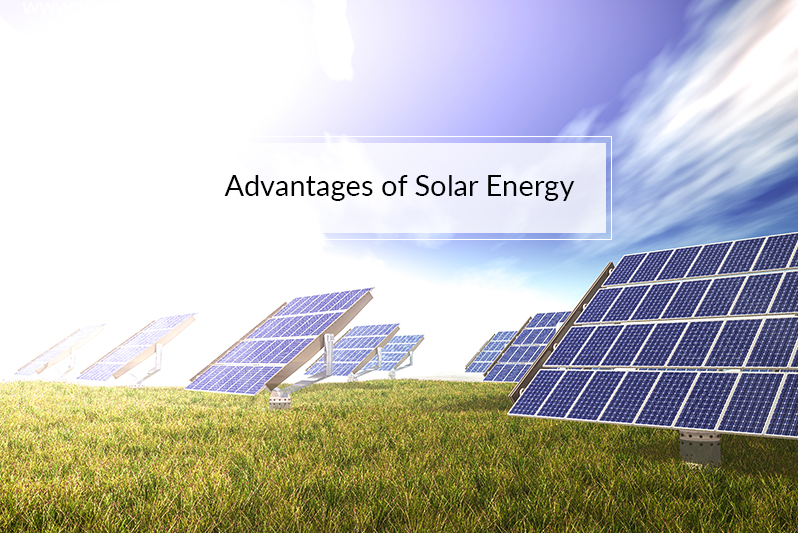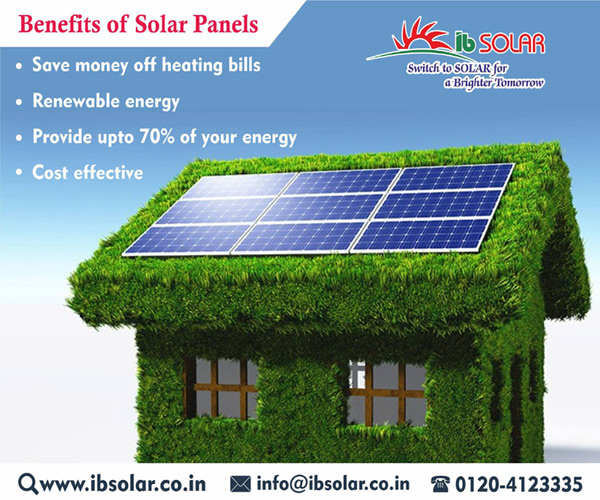Simply Solar Illinois: Eco-Friendly Solar Solutions to Power Your Home
Simply Solar Illinois: Eco-Friendly Solar Solutions to Power Your Home
Blog Article
Solar Energy 101: A Beginner's Overview to Sustainable Power Solutions
As the world progressively shifts in the direction of sustainable power solutions, understanding the principles of solar power comes to be necessary for both individuals and organizations. By exploring the benefits of solar innovation, along with the economic incentives and installation procedures, one can acquire a clearer viewpoint on exactly how to successfully incorporate this eco-friendly resource into their power strategy.
Recognizing Solar Power
At its core, understanding solar energy entails grasping the essential concepts of how sunshine can be exchanged functional electricity. Solar power is originated from the sun's radiation, which can be taken advantage of with different modern technologies. The key mechanism for this conversion is the solar result. This phenomenon occurs when sunshine strikes semiconductor materials, typically silicon-based, within solar cells. The power from the sunshine thrills electrons in the semiconductor, allowing them to stream openly and produce direct existing (DC) electrical energy.

Comprehending solar energy likewise involves acknowledging its environmental advantages. By using sunshine, we can alleviate greenhouse gas exhausts and reduce air contamination, adding to a more sustainable future. The improvements in modern technology and performance of planetary systems proceed to enhance their feasibility, making solar energy a progressively attractive alternative for global energy requirements.
Sorts Of Solar Energy Solutions
Different kinds of solar power systems are frequently employed to harness solar energy for electrical power generation. The main groups include photovoltaic or pv (PV) systems, focusing solar power (CSP) systems, and solar thermal systems.
Solar systems use solar panels made up of silicon cells that transform sunshine directly into electricity. These systems are flexible and can be mounted on roofs, ground mounts, or integrated right into building products.
Focusing Solar Power systems, on the other hand, employ mirrors or lenses to concentrate sunlight onto a little area, creating warm that drives a steam generator to produce electrical energy - Simply Solar Illinois. CSP systems are typically released in massive nuclear power plant and call for direct sunshine, making them much less ideal for over cast areas

Each sort of solar power system has its one-of-a-kind qualities, applications, and viability relying on geographical place, energy demands, and budget plan, making it important to evaluate alternatives based upon specific circumstances. - Simply browse around this web-site Solar Illinois

Advantages of Solar Power
Utilizing solar power with different systems not only offers a lasting means to create electrical energy however additionally provides a wide range of benefits. One of the most substantial advantages is the decrease in greenhouse gas emissions, contributing to a cleaner environment and combating environment change. Solar power is sustainable, indicating it is inexhaustible and readily available as long as the sunlight radiates, unlike nonrenewable fuel sources, which are finite and depleting.
Additionally, solar power can cause significant cost savings in time. Home owners and services can decrease their electrical energy costs substantially, and in a lot of cases, they might gain credit histories for excess energy created via net metering. In addition, the solar industry develops tasks, from manufacturing to installation, promoting neighborhood economies.
One more compelling benefit is power independence. By generating their own electrical energy, individuals and neighborhoods can lower dependence on external energy sources, boosting durability against fluctuating power costs and supply interruptions. Solar power systems need very little maintenance, making them a hassle-free alternative for sustainable energy generation.
Installment Process Introduction
The installment procedure for solar power systems normally entails several vital actions that ensure reliable combination into a residential or commercial property. A comprehensive website assessment is performed to assess the roof's positioning, shielding, and architectural honesty, which are essential to maximizing solar panel performance. Following this assessment, the style stage starts, where a tailored solar power index system is configured based upon the property owner's power needs and preferences.
As soon as the design is completed, the essential authorizations and authorizations are obtained from neighborhood authorities, making sure conformity with laws. The real installation involves placing the photovoltaic panels view website on the roof or ground, connecting them to an inverter, and incorporating the system with the building's electrical configuration. This phase might additionally include mounting battery storage systems, depending on the style.
With the installation full, the solar energy system can start creating sustainable power, contributing to sustainability and minimizing utility expenses. This organized strategy guarantees that solar systems are both reliable and reputable, optimizing their long-lasting advantages.
Financial Rewards and Savings
Exploring the economic rewards and savings associated with solar power systems can considerably enhance the appeal of making the switch to renewable energy. One of the most remarkable motivations is the federal solar tax credit history, which enables house owners to deduct a portion of their solar system installment prices from their government taxes.
Along with tax obligation credit scores, lots of states use discounts that can even more lower upfront expenses. Some utility business likewise offer performance-based incentives, rewarding solar energy production gradually. Funding options, such as solar car loans and leases, enable consumers to install systems with little to no down repayment, making solar power more accessible.

Lasting financial savings are another critical aspect. By generating their own power, property owners can substantially decrease and even eliminate their month-to-month energy costs. Additionally, solar systems can increase building values, giving a strong return on financial investment. In general, the combination of incentives and cost savings makes solar power a financially eye-catching choice for several households.
Verdict
Finally, solar power stands for an essential component of lasting energy options, giving a path towards decreased carbon impacts and improved environmental management. The varied kinds of solar energy systems, paired with substantial financial incentives, promote wider adoption amongst people and areas. Recognizing the installation procedures and advantages connected with solar power equips stakeholders to make informed choices. Ultimately, the change to solar power not only promotes ecological duty however also advertises economic financial savings and energy freedom.
Report this page